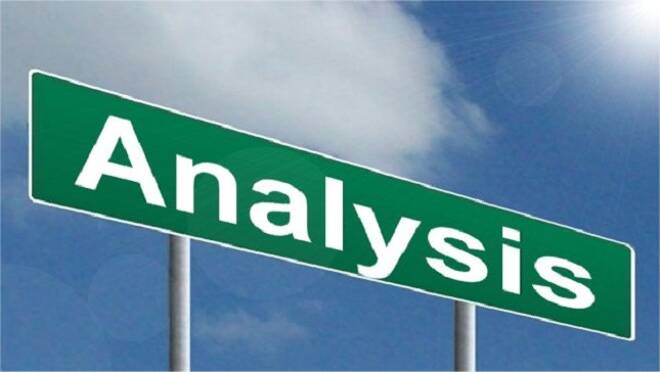Advertisement
Advertisement
How Can You Benefit From The Corrections Equality in the FX Trading? Actual Setups!
Updated: Mar 14, 2017, 16:11 GMT+00:00
The thing with the technical analysis is that you can believe in it or not but your belief cannot question the efficiency. Some parts of the technical
The thing with the technical analysis is that you can believe in it or not but your belief cannot question the efficiency. Some parts of the technical analysis just work and you cannot argue with the facts. In this article I will show You the correction equalities, which are not very popular but in the same time are a very powerful tool for trading.
We do not want to make things complicated. Keep it simple. Correction equality means that the instrument, during the trend, is making corrections that are very similar to each other in terms of depth. This situation can repeat two, three, four or more times. Once you will spot the occasion, you can benefit from that by entering the trade at the possible end of the correction with a tight stop loss order and a very promising potential for a reward, receiving desired risk to reward ratio.
From my observations, the best instrument to use this method is NZD, regardless from the second currency involved. Corrections equality regularly happen on NZDUSD, NZDCAD, EURCAD and others. But do not restrict only to the NZD, it can be spotted on the other instruments too. The best timeframe to use is H1, H4 and D1. One of the biggest benefits here is the fact that entering the market at the possible end of the correction you are going with the trend, which can be considered as a golden rule of trading.
In you are not convinced to the correction equality itself, maybe you can consider it, once it will be present in the place where other supports or resistances are, like trendlines, Fibos etc. (look at our NZDCAD). What you can also do to strengthen the pattern is to wait for the first reaction on that level. If you will see a reversal candlestick or a price pattern, you can enter the market with the higher odds. In the same time remember that the market is not a pharmacy and you do not have to be so accurate, especially in the higher timeframes. One correction can have 450 pips, second 470 and third 440. They will be still considered similar and technically relevant and tradable.
NZDCAD is the example which is still actual. Three gray corrections are very similar ~450 pips. What is more, the third one ended on the support created by trendlines (red and blue) and the 38.2% Fibonacci. Those who spotted that can already benefit from the 200 pips bounce.
NZDUSD, here the chart says its all. Four corrections ended after making approximately 460 pips and two ended after 380 pips. The last one, ended exactly on the blue line, which is a lower line of the longterm flag. As we mentioned, this increases the odds for a reversal. On this pair, we also can benefit from the 200 pips movement.
Third example was present just few days ago. USD/CHF made the same four corrections in a row and than attempted to make the fifth one but after few hours the support snapped. The fifth one failed but just yesterday, the price made another 60-70 pips correction. You just cannot ignore or make that up.
To sum up, do not go for it straight away. Observe the charts and try to look for historical regularities. If you want to use it in investing, start trading on levels where many support/resistances meet in one place. This is a great weapon for every trader and I hope this will take your trading to the next level.
Tomasz Wisniewski
Chief Analyst – Alpari Research & Analysis
About the Author
Tomasz Wiśniewskicontributor
During his career, Tomasz has held over 400 webinars, live seminars and lectures across Poland. He is also an academic lecturer at Kozminski University. In his previous work, Tomasz initiated live trading programs, where he traded on real accounts, showing his transactions, providing signals and special webinars for his clients.
Did you find this article useful?
Latest news and analysis
Advertisement
